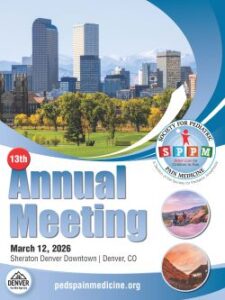You are consulted for a 1-hr-old 34-week, 2 kg infant who was born to a GIP1 mother with a history of severe OI and chronic pain who has been taking methadone 15mg TID during the pregnancy. Mother is unavailable, but father is at bedside and reports mother has been slowly weaning her dose of methadone from a daily dose of 100 mg a day to limit fetal exposure. She has also received prn hydrocodone/acetaminophen, for a recent fracture and has used 40mg hydrocodone in the last 48 hours. Father reports fetal ultrasounds showing limb length discrepancies and evidence of possible in-utero rib and limb fractures.
No x-rays have been done yet but are planned. Mother is planning to breast feed the infant and to continue taking methadone. The neonatology team is concerned about neonatal opioid withdrawal syndrome (NOWS) as well as pain management for possible fracture pain.
In addition to acetaminophen, documentation of withdrawal and pain scores, which of the following therapeutic approaches is the most appropriate in this patient?
Correct!
Wrong!
Question of the Month - June 2024
 SPPM 13th Annual Meeting
SPPM 13th Annual Meeting